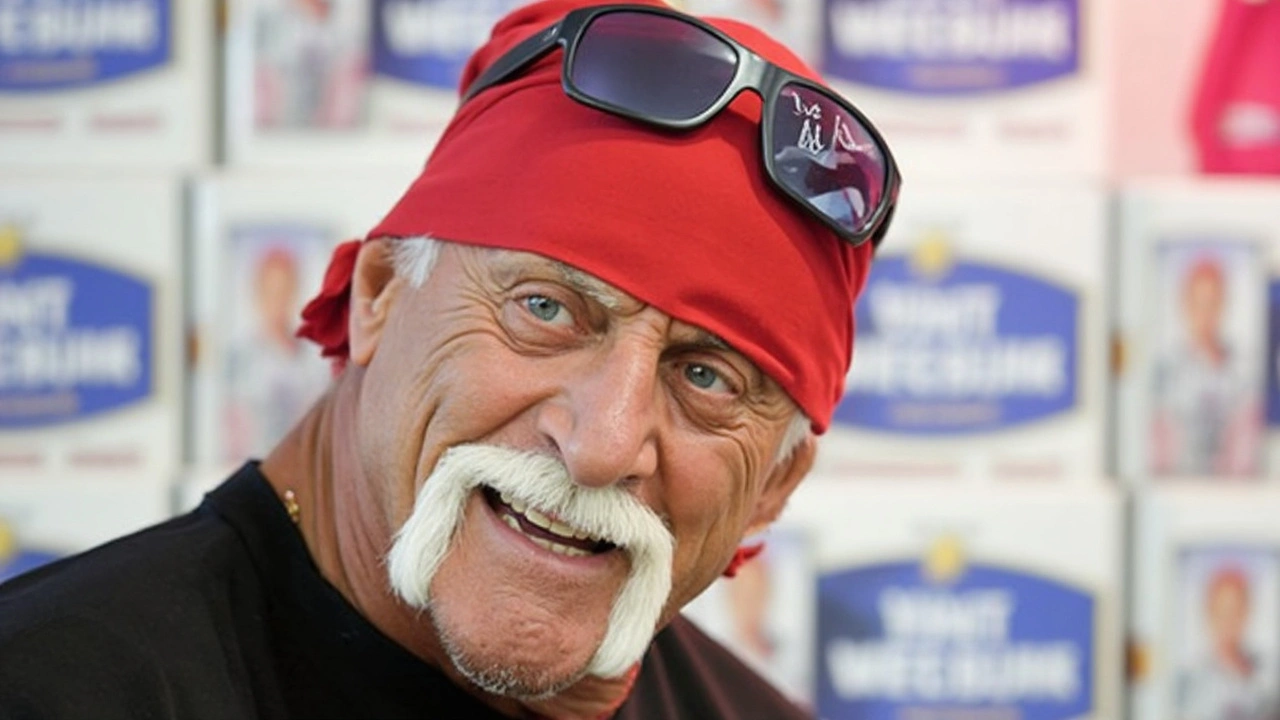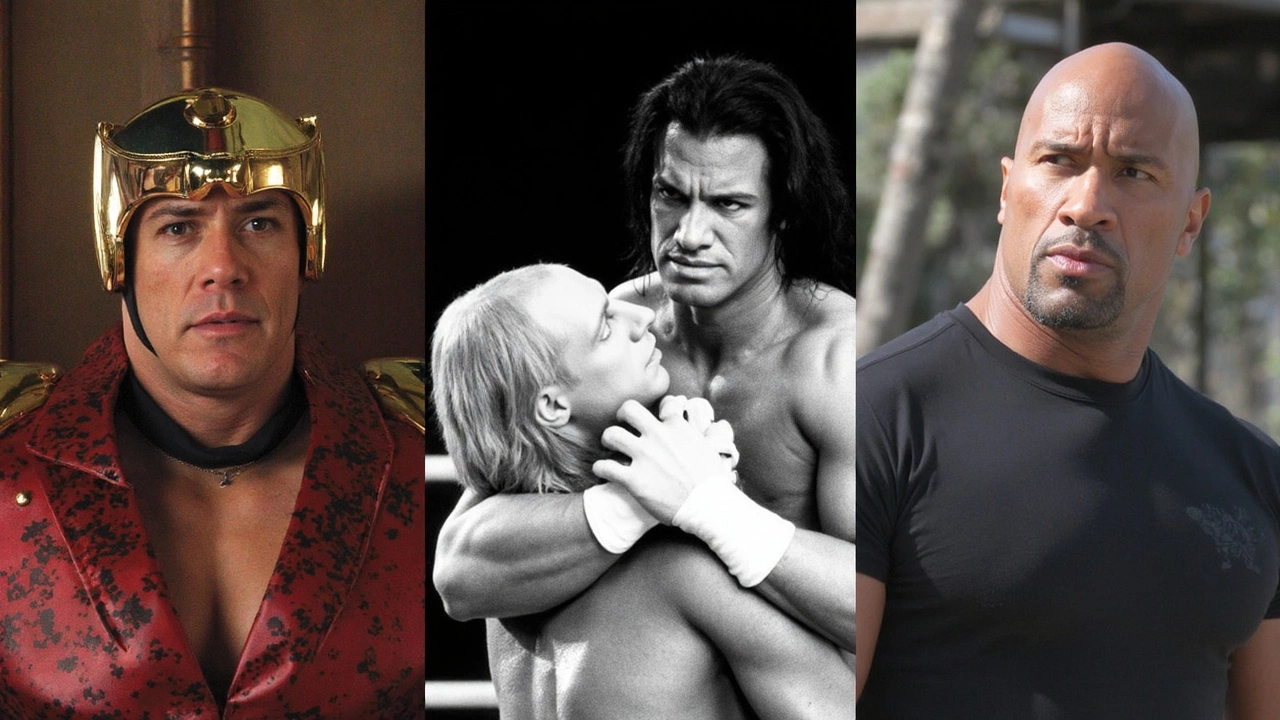The Original WWE Superstar Who Changed the Game
The image of a pro wrestler turning into a bona fide Hollywood star feels normal these days, but that wasn’t always the case. Before Dwayne Johnson, John Cena, or Dave Bautista made action movies and superhero shows, it was Terry "Hulk Hogan" Bollea who first broke the mold. He wasn’t just a giant in the ring—standing 6'7" with those famous arms that kids everywhere tried to measure up to—he was the face of wrestling as it left behind smoky regional arenas and embraced national stardom.
Hogan’s rise wasn’t a simple stroke of luck. Vince McMahon Jr., who was reshaping the WWF (now WWE), saw Hogan’s larger-than-life personality as the key to taking wrestling from local cable oddity to mainstream blockbuster entertainment. McMahon’s vision took the "Hulk"—a nickname borrowed from Marvel comics—and combined it with "Hogan" to appeal to New York and Boston crowds. The result? A character who resonated from coast to coast, synched perfectly with 1980s America’s appetite for superhero-sized good guys.
Behind the glitz, McMahon worked TV syndication magic, getting WWF into living rooms nationwide. Hogan was the spearhead. His feuds and antics set a new gold standard for blending athleticism and wild soap-opera storytelling. Saturday mornings? Hulk Hogan was everywhere, turning wrestling into an American cultural phenomenon.

Taking Wrestling Charisma to Hollywood
Hogan didn’t just stick to the squared circle. He was the first in his business to try jumping straight from body slamming to big screens. His early Hollywood efforts—like his memorable part in Rocky III as Thunderlips or the wild comedy Suburban Commando—didn’t always smash box office records. But that wasn’t really the point. Hogan cracked open a door. He showed that wrestling’s over-the-top theatrics could work outside the ring. Studios paid attention. Fans followed their heroes to movie theaters.
This blueprint is what let Dwayne Johnson transition from The Rock’s eyebrow-raising wrestling promos to headlining huge franchises like Fast & Furious and Jumanji. John Cena and Dave Bautista followed, carving out niches as goofy tough guys and sci-fi heavies. Hogan proved that wrestling stars weren’t just cartoon muscle—they could pull off leading roles, stunts, comic timing, even more subtle acting when given the chance.
Today, Johnson, Cena, and others always name check Hulk Hogan when talking about what made their own Hollywood jumps possible. His early hustle meant they could take the leap without being typecast or dismissed. Hollywood and pro wrestling now trade talent and ideas as never before—think of crossover shows, big movie tie-ins, and stars who can move between media almost at will.
So when you see a wrestling superstar rock up on your TV or blasting through an action movie, remember, it all started with one man in yellow tights who took his "Hulkamania" persona and gave it the muscle to change two industries at once.
